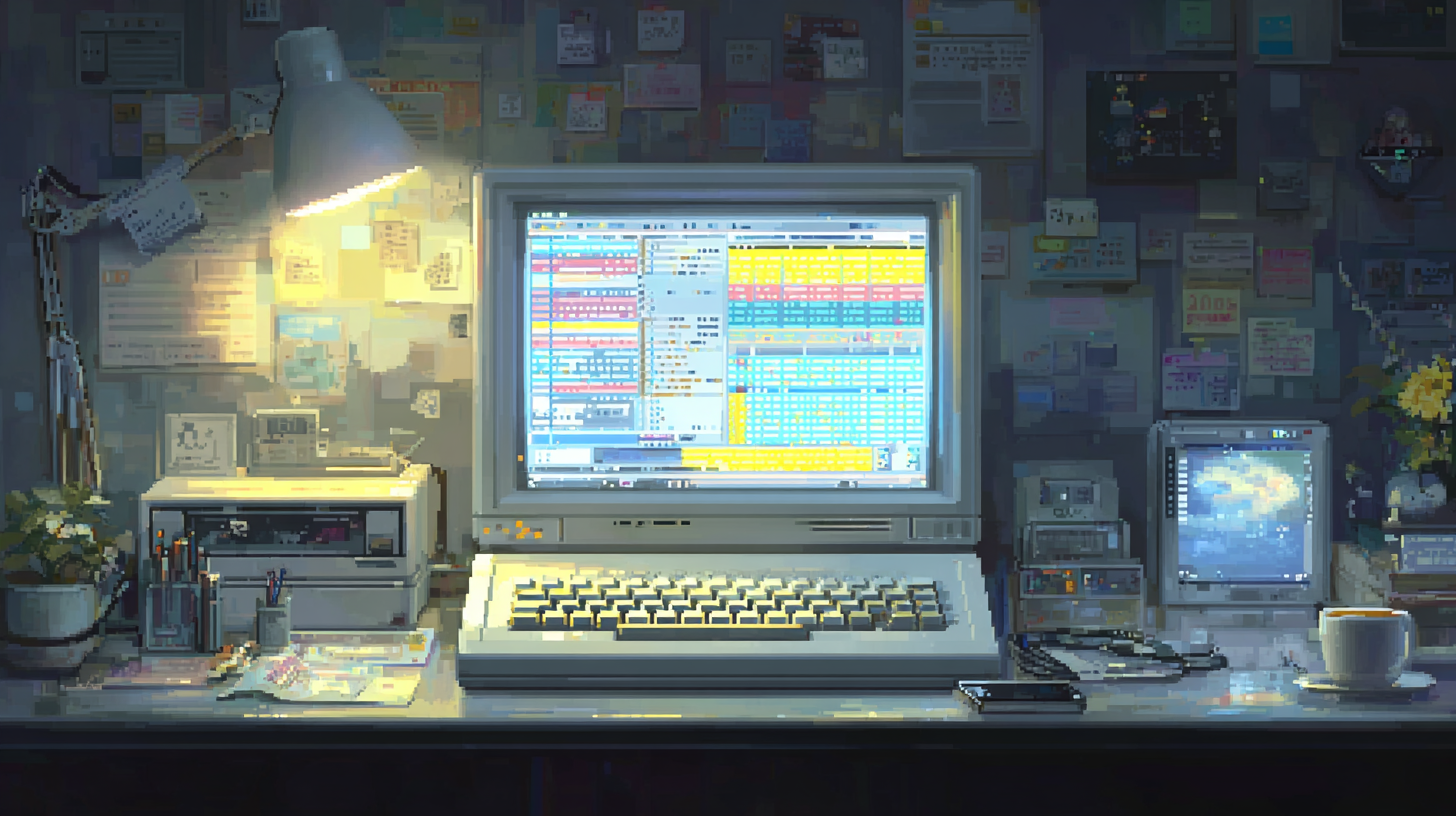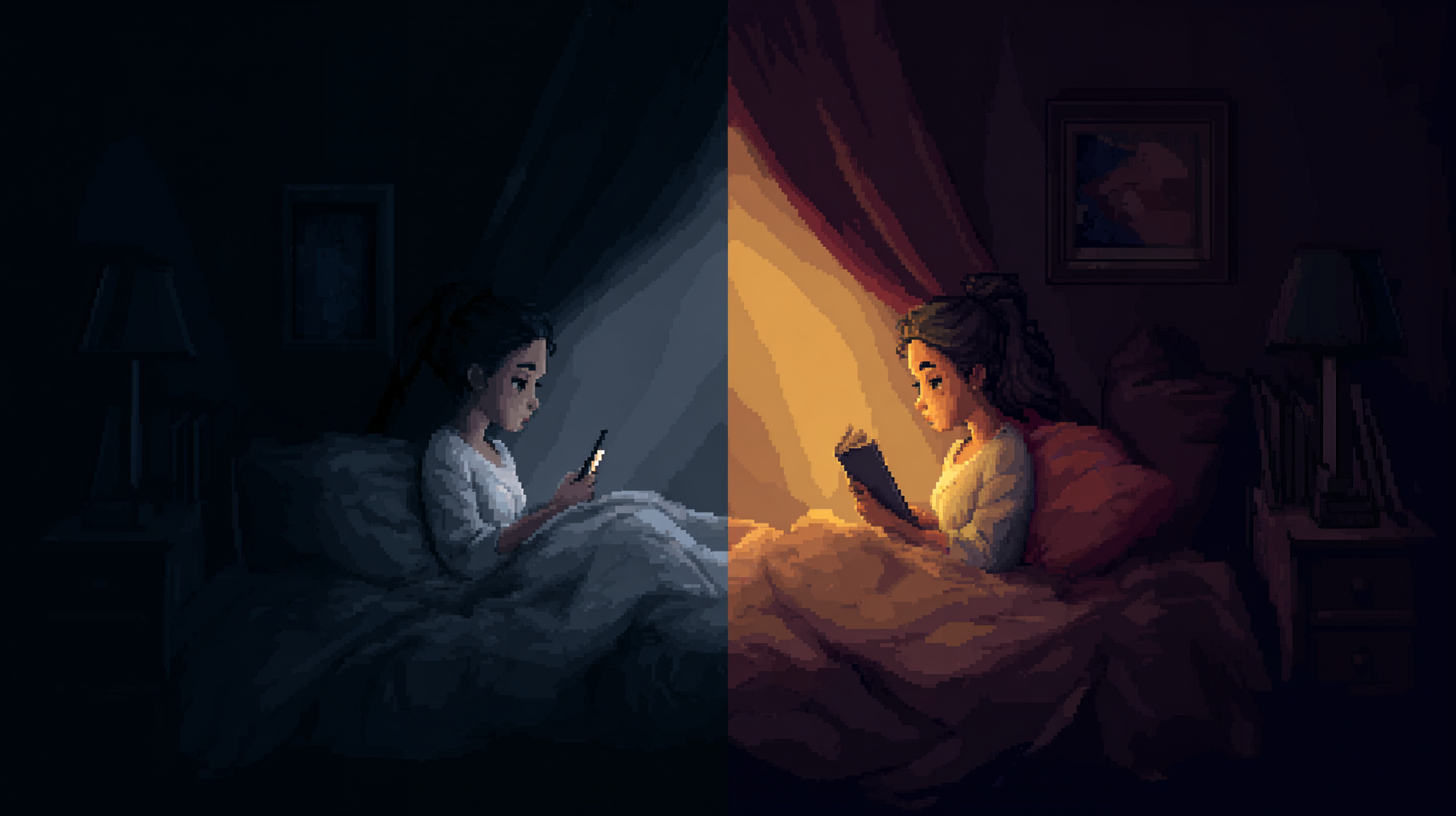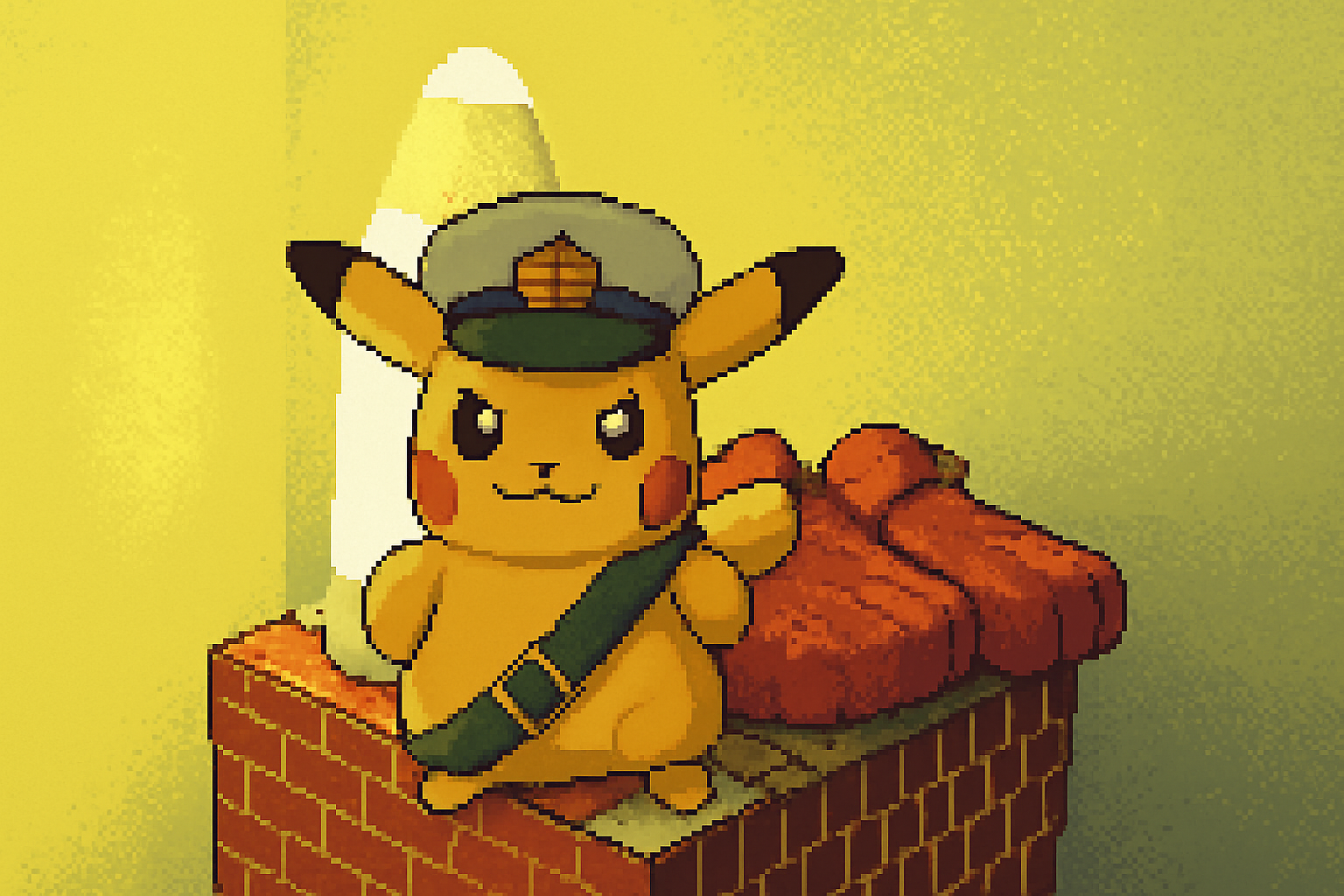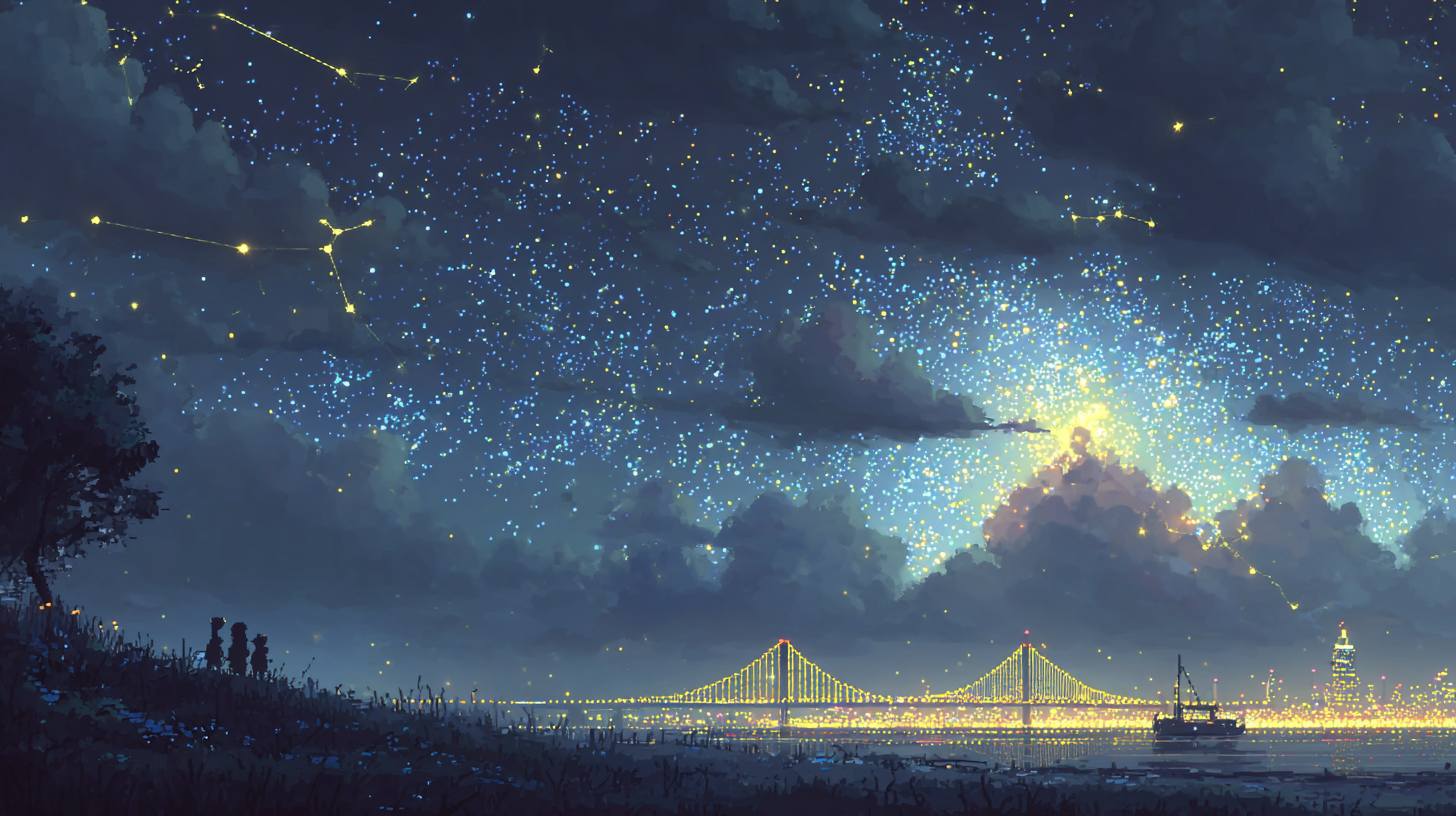How attention became our most fragile resource

A meditation from Sanctum
There was a time when attention felt endless.
A book could hold an afternoon without apology.
A window could hold an evening, light sliding across a wall, the slow choreography of dust.
A conversation could last until the room forgot to measure itself in hours.
Now attention feels like a puddle in wind. We put it down, and the surface ripples. We reach for it and it slips under something else. The phone warms in the palm. A small red dot blooms. Somewhere, a headline unfolds; somewhere else, a message waits, its three dots patient. Even when we are still, the mind rehearses: tasks, updates, small alarms buzzing just below language.

We call it distraction, but that makes it sound like a failure of will. It isn’t. It’s an atmosphere. Somewhere along the way, attention was redesigned, not time itself, but how we give time to one thing.
How Attention Became Currency
A scroll is counted. A linger is logged. The choreography of a thumb becomes proof that something mattered for a fraction of a second. Platforms say they optimise for “time spent.” What they mean is attention captured, divided, and repackaged. Design follows the money: infinite scroll, autoplay, notifications tuned to the body’s small chemistry. All of it built for one goal: stay.
The result isn’t that we see more. It’s that we splinter. Our days become sequences of near-moments, almost reading, almost listening, almost resting, stitched together by a quiet hum of “next.”
And when attention fragments, so do we. The self becomes scattered, present everywhere, rooted nowhere.
We say we’re multitasking, but really we’re switching. Each switch leaves residue. The mind needs a beat to find itself again, and while it does, a thin static fills the room. It looks busy. It sounds efficient. But movement isn’t meaning. Speed isn’t depth. To be everywhere is also to be a little absent from each place.
The Hidden Costs

As attention becomes more fragile, stillness becomes expensive. We pay for guided silences, for apps that track the minutes we spend with our eyes closed. We drive to places with no signal and call it a retreat. We buy notebooks to coax ourselves back from the glass. What was once free, a walk without headphones, an afternoon without updates, now needs protection.
There’s a civic cost too. A culture that can’t hold focus struggles to hold anything that takes longer than a news cycle. Outrage blooms and fades before it becomes action, and power benefits from that. An unfocused public cannot insist for long.
The Lure of the Infinite
The feeds promise infinity, an endless river of novelty, but most of it is repetition with better lighting. The surprise isn’t in the content; it’s in the timing. The slot machine is always one pull from a win. That promise tugs at the softest part of us, the part that hopes the next thing will finally be the thing.
And yet, attention has another nature. If fragmentation makes it fragile, devotion makes it durable. Not devotion to a platform, but to the act of staying.
Depth resists shortcuts. It asks us to stay with a page that doesn’t immediately entertain, a friend whose silence means the conversation is about to deepen, a walk long enough for the mind to quiet and begin again.
This isn’t nostalgia for a world without screens. The screen is a window too. It has carried faces we wouldn’t have seen and maps we wouldn’t have found. The point isn’t to renounce it, but to choose what we notice before it chooses for us.
Every so often, something flips that script. Most platforms compete to trap attention. Pika does something rarer. It turns the collective attention around Pokémon’s most beloved icon into something meaningful. By tokenising that shared energy, it has been able to collect graded cards and generate over $20,000 in its first week of operations, proving that community attention, when directed with intent, can create real value.

But it isn’t just about numbers. Pika invites creation over consumption, noticing over reacting. In a world built to monetise our gaze, it turns that gaze into play. It turns the consumer and the fanatic into a participant, even a believer, someone taking a small financial bet on a shared story. It reminds us that attention can still be generous, joyful, and human, not extracted, but shared.
This is why we love Pika. It feels like a glimpse of what the attention economy could become if we learned to build, not just scroll.
(Built by @0xdosa | @pikadotfun)
Small Repairs
There are small practices that sound like nothing and are, in fact, a kind of defiance.
- Leave the phone behind for the first ten minutes of a walk.
- Read one thing all the way through.
- Eat without content.
- Let a song end.
- Don’t rush to fill a pause.
- Notice when your hand reaches for the pocket, and let it rest, once in a while.
These aren’t purity tests. They’re reminders that attention can still belong to us in moments, and that moments can still be large.
Ritual helps too. The same chair for morning writing. The same walk at dusk. The same song to begin the day. In a world that slices attention thin, ritual gives it a shape to return to.
We might even choose a new metric, not “time spent,” but “time returned.” Not how long something holds us, but how long it echoes afterwards. The image that comes back while washing dishes. The line that knocks on the mind days later. The idea that lingers after you close the tab.
That’s the kind of time no algorithm can count. It’s the kind that stays.
The Choice to Notice
It’s tempting to think we can fix this with the right settings, a few clean habits, a digital detox. But maybe the truth is softer. We’ll always leak attention. The work is to notice the leaking, cup our hands around what matters, and hold it, even briefly, before it spills again.
Attention became fragile because too many hands reached for it at once, ours included. But fragility isn’t weakness. A thin glass still holds water. A small flame still makes a circle of warmth.
What we give attention to becomes our world. That’s both threat and promise. We can be steered by a thousand small tugs, or we can steer a little by choosing.

Choose one thing. Choose it again. Let the other lights blink in the periphery without becoming the sky.
And if you look up from the page, let it be not for a notification, but for the way the afternoon has tilted, the way the room has gone a shade deeper, the way the day, somehow, is still here, waiting to be seen.

Member discussion